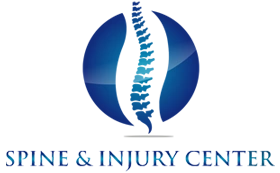Wellevate in Campbell CA
Learn More about Campbell CA Nutrition
If you are interested in Nutrition in Campbell CA, contact us today!
OFFICE HOURS
Monday
9:00am - 12:00pm
2:30pm - 6:00pm
Tuesday
Closed
Wednesday
9:00am - 12:00pm
2:30pm - 6:00pm
Thursday
2:00pm - 6:00pm
Friday
9:00am - 12:00pm
2:30pm - 6:00pm
Saturday & Sunday
Closed
Spine & Injury Center
420 Marathon Dr
Campbell, CA 95008




